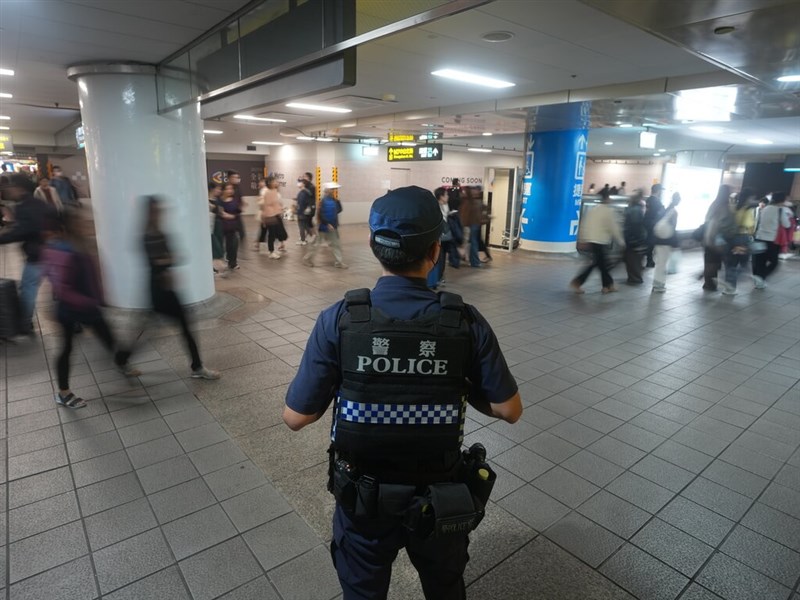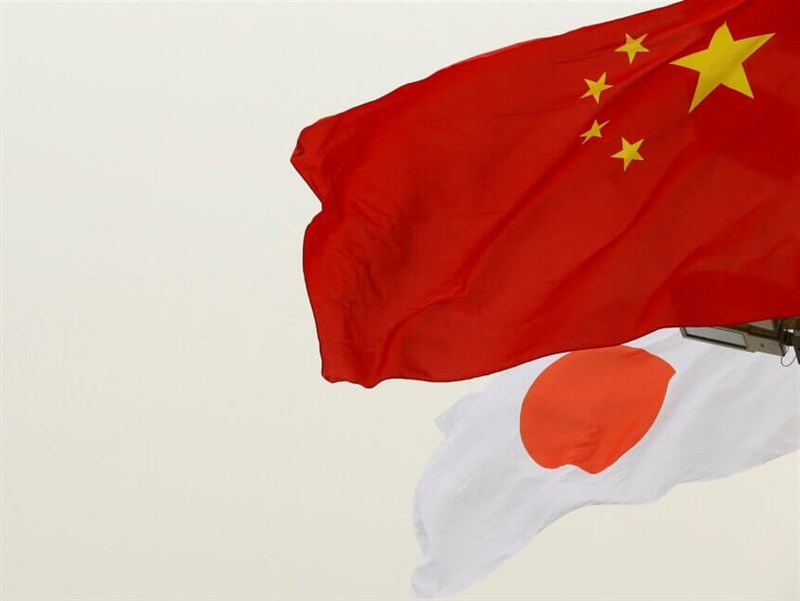ANALYSIS/Assessing indigenous subs in Taiwan's defense strategy: Insights from U.S. experts
11/10/2023 01:47 PM
The question of whether Taiwan needs submarines has always been divisive. With the unveiling of the Narwhal, the country's first indigenous defense submarine, on Sept. 28 renewing the age-old debate, military experts deep-dived into the pros and cons of Taiwan's submarines and how they could potentially be deployed in a cross-strait conflict.
(Full text of the story is now in CNA English news archive. To view the full story, you will need to be a subscribed member of the CNA archive. To subscribe, please read here.)
More in ANALYSIS
![Taipei knife attack reveals gaps in Metro police deployment]() Taipei knife attack reveals gaps in Metro police deploymentWhen 27-year-old Chang Wen (張文) set off smoke grenades and stabbed bystanders inside the Taipei Main Station's MRT station and near MRT's Zhongshan Station, police were slow to respond, raising questions about the Taipei MRT system's security.12/26/2025 06:19 PM
Taipei knife attack reveals gaps in Metro police deploymentWhen 27-year-old Chang Wen (張文) set off smoke grenades and stabbed bystanders inside the Taipei Main Station's MRT station and near MRT's Zhongshan Station, police were slow to respond, raising questions about the Taipei MRT system's security.12/26/2025 06:19 PM![Fintech expert urges NTD stablecoin to protect monetary sovereignty]() Fintech expert urges NTD stablecoin to protect monetary sovereigntyA fintech expert in Taiwan has called for the issuance of a New Taiwan dollar (NTD) stablecoin, saying it is vital for safeguarding Taiwan's monetary sovereignty and reinforcing the country's industrial competitiveness.12/14/2025 04:15 PM
Fintech expert urges NTD stablecoin to protect monetary sovereigntyA fintech expert in Taiwan has called for the issuance of a New Taiwan dollar (NTD) stablecoin, saying it is vital for safeguarding Taiwan's monetary sovereignty and reinforcing the country's industrial competitiveness.12/14/2025 04:15 PM![China-Japan diplomatic spat not what it seems: Taiwan experts]() China-Japan diplomatic spat not what it seems: Taiwan expertsJapan's first female prime minister, Sanae Takaichi, has faced rising friction with China during her first month in office, with Taiwan unexpectedly pulled into the fray.11/21/2025 06:58 PM
China-Japan diplomatic spat not what it seems: Taiwan expertsJapan's first female prime minister, Sanae Takaichi, has faced rising friction with China during her first month in office, with Taiwan unexpectedly pulled into the fray.11/21/2025 06:58 PM
Latest
- Politics
Lai government to seek constitutional ruling on pension reform bill
12/26/2025 10:22 PM - Politics
Cabinet aims to tighten rules on lawmaker, civil servant China visits
12/26/2025 09:33 PM - Society
Man detained after sickle attack in Miaoli
12/26/2025 09:20 PM - Politics
Taiwan's Legislature passes basic law on youth affairs
12/26/2025 09:14 PM - Business
Taiwan set to open 1st overseas recruitment center
12/26/2025 09:07 PM


